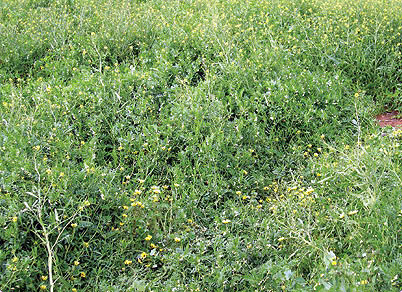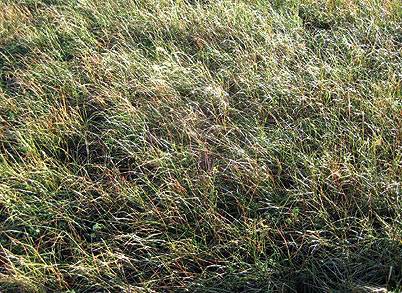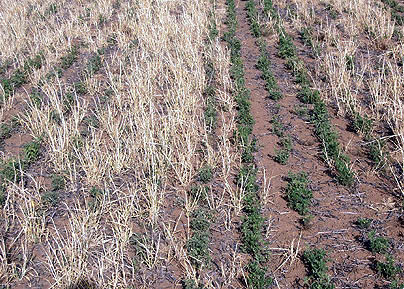Introduction
Weed control is essential. Lentils grow slowly during Winter and are poor competitors with weeds. Avoid sowing lentils in paddocks with a history of severe broad-leafed weed problems. Vetches, tares, medics, clovers, wild radish, bedstraw, bifora and self-sown pulses are particularly hard to control. Prevent seed set of broad-leafed weeds in the year prior to growing lentils.
It is essential to plan your weed control strategy before sowing. Delayed sowing is an option in most areas except lower rainfall areas. This can enable several weed kills before sowing. Application of pre-emergent herbicides is also a useful strategy. Most grass weeds can be controlled either pre or post-emergence. Diflufenican and flumetsulam products are currently registered for post emergent broadleafed weed control in lentils.
Lentils provide a valuable rotational opportunity to use alternative weed control practices to those used in the cereal and oilseed phases. The opportunity to use grass herbicides, alternative herbicides and herbicide groups, as well as crop topping and wick wipers in lentils assist in reducing seed bank levels and hard to control weeds. Crop topping and wick wipers importantly reduce weed numbers with minimal or no movement of the population towards resistance.

Weed infestation.

Grassy weed growth.

The impact of early grassy weeds.
M Materne, VDPI; W Hawthorne, Pulse Australia; Materne, VDPI; W Hawthorne, Pulse Australia; M Materne, VDPI; W Hawthorne, Pulse Australia
 Skip to main content
Skip to main content